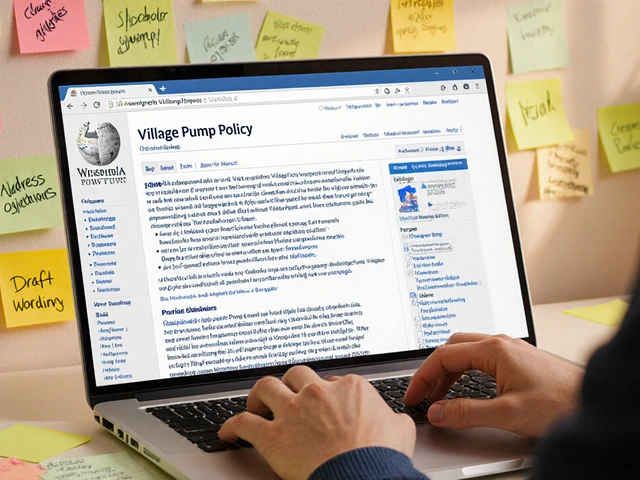Featured Articles on Wikipedia: What Makes Them Stand Out
When you see a featured article, a Wikipedia article that has passed a strict community review process for accuracy, depth, and writing quality. Also known as FA, it represents the gold standard of collaborative knowledge on the platform. These aren’t just well-written pieces—they’re the result of months, sometimes years, of editing, sourcing, and debate by volunteers who treat every sentence like it matters. Unlike regular articles, featured articles must meet ten specific criteria, from comprehensive coverage to neutral tone and stable content. They’re the only Wikipedia pages that get displayed on the main page and are often used by educators, journalists, and researchers as trusted starting points.
What makes a featured article different? It’s not just length or detail—it’s how the information is built. Each one relies on reliable sources, published, independent, and authoritative materials like peer-reviewed journals, books from reputable publishers, and major news outlets. Also known as secondary sources, they’re the backbone of every claim. You won’t find personal blogs, press releases, or unverified claims here. The article must also reflect due weight, the principle that all significant viewpoints are proportionally represented based on their presence in reliable sources. Also known as proportional representation, it ensures balance, not false equivalence. And it’s not enough to write it once—featured articles are monitored for edits that could introduce bias, vandalism, or outdated info. Many are maintained by dedicated editors who treat them like living documents.
Behind every featured article is a community that doesn’t just write—it polices, debates, and improves. The process starts with a nomination, where any editor can suggest an article for review. Then comes a week-long evaluation by a panel of volunteers who check everything: citations, structure, clarity, and neutrality. If it passes, it’s added to the list. If not, it’s sent back with detailed feedback. This isn’t bureaucracy—it’s quality control. And it works. Surveys show people trust featured articles more than any other type of Wikipedia content, even more than some commercial encyclopedias.
What you’ll find below are stories about how these articles get made, who makes them, and what happens when the system is pushed to its limits. From how editors use talk pages to resolve disputes, to how AI is changing the way we verify facts, these posts show the real engine behind Wikipedia’s most trusted content. You’ll see how funding, policy, and human effort all come together to create something no algorithm can replicate: knowledge that’s checked, debated, and refined by thousands.
How WikiProjects Drive Article Improvement and Featured Article Status
WikiProjects are volunteer groups that improve Wikipedia articles through collaboration, sourcing, and peer review - turning good content into Featured Articles that meet high-quality standards.







